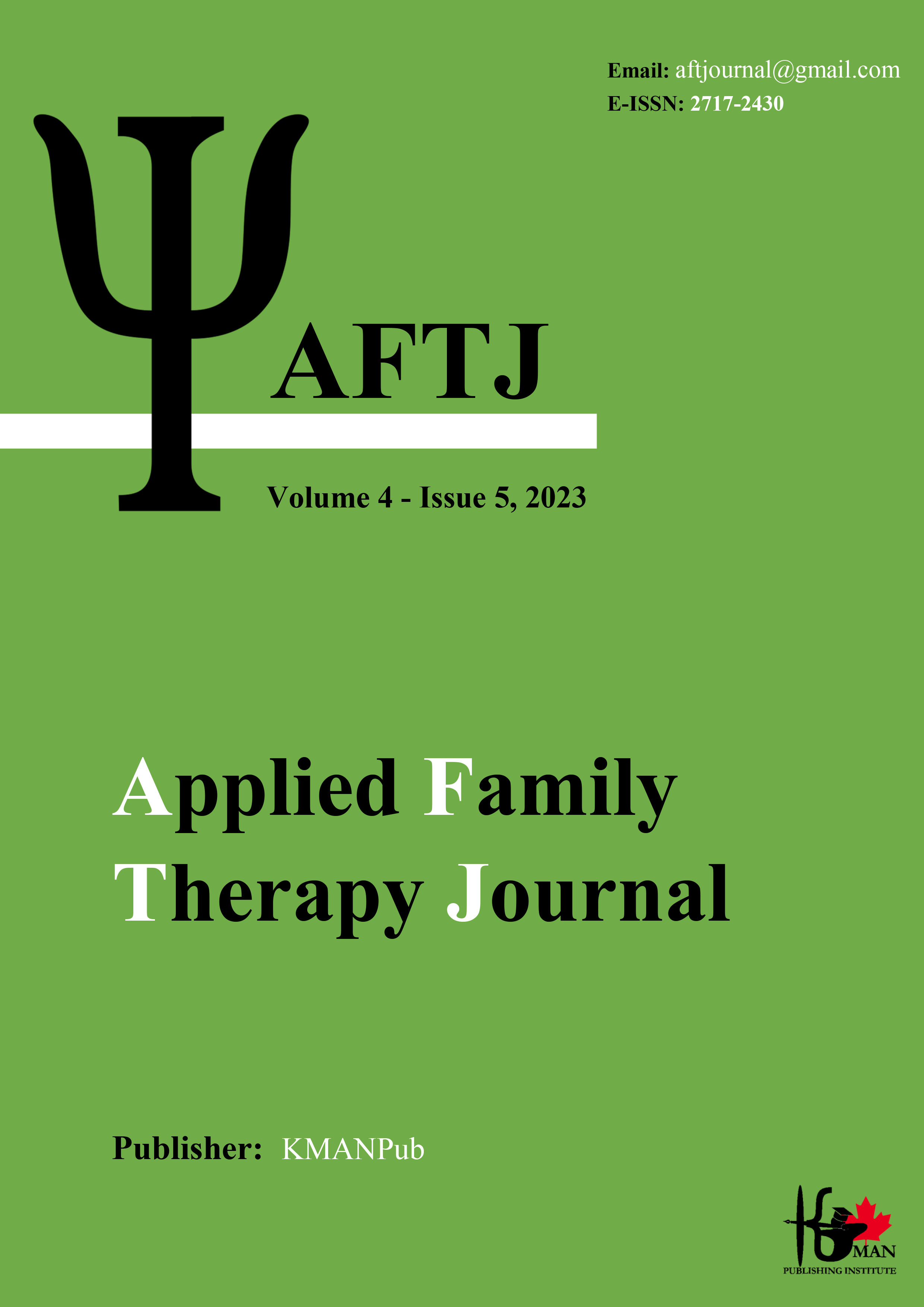Comparison of primary maladaptive schemas and attachment styles of women involved in emotional relationships with an age gap of 10 years or less and an age gap of 15 years or more (with male age advantage)
Keywords:
Attachment styles, early maladaptive schemas, emotional relationship, age superiorityAbstract
Aim: The current study aimed to compare early maladaptive schemas and attachment styles in women involved in romantic relationships with an age difference of 10 years or less and an age difference of 15 years or more (with the man being older). Method: This study was causal-comparative in nature; the statistical population comprised 91 individuals, with 50 women involved in romantic relationships with an age difference of 10 years or less (Group One) and 41 women in relationships with an age difference of 15 years or more (Group Two). Participants were selected through convenient and snowball sampling methods and responded to the Hazan and Shaver Attachment Styles Questionnaire (1987) and Young’s 90-item Schema Questionnaire (1990). Data were analyzed using multivariate analysis of variance (MANOVA) with SPSS software. Results: The findings indicated significant differences between the two groups in the anxious/ambivalent attachment style and avoidant attachment style components (P<0.01). There were significant differences between the two groups in the components of emotional deprivation, mistrust, social isolation, defectiveness/shame, failure, dependence, vulnerability, emotional inhibition, entitlement/grandiosity, and self-sacrifice (P<0.05). However, there were no significant differences between the groups in the secure attachment style and components of abandonment, self-sacrifice, compliance, unrelenting standards, attention seeking, pessimism, and punishment (P>0.05). Conclusion: The results of this study indicated that there are differences between early maladaptive schemas and attachment styles in women involved in romantic relationships with a minor and a greater age difference (with the man being older). The findings underscore the importance of schema-focused and emotion-focused approaches in resolving interpersonal conflicts in couples with significant age differences.
Downloads
Downloads
Published
Issue
Section
License

This work is licensed under a Creative Commons Attribution-NonCommercial 4.0 International License.





















